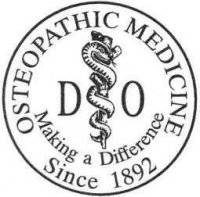The Fee Assistance Program (FAP), sponsored by the Association of American Medical Colleges, provides financial relief to those who cannot afford to take the MCAT or apply to medical school. In addition, receiving a fee waiver usually qualifies applicants to have the fee associated with medical schools’ secondary applications waived. The FAP process is outlined on the AAMC’s FAP page.
In addition, the AAMC offers financial information for those intending to go to medical school. There are many resources on the Financial Information, Resources, Services, and Tools (FIRST) website about loans, financing options, repayment information, etc.
Applying to and going to medical school takes financial responsibility. Take advantage of the resources on the FIRST site to plan well for the financial commitment of both the application process and medical school training.
–Liza Thompson, Expert Medical School Admissions Consulting





